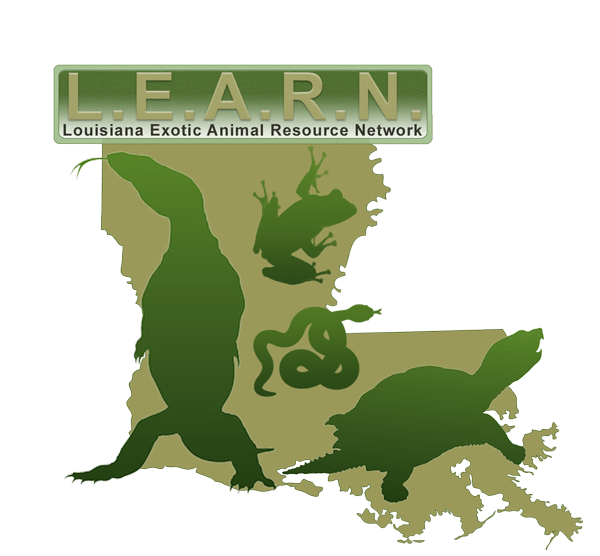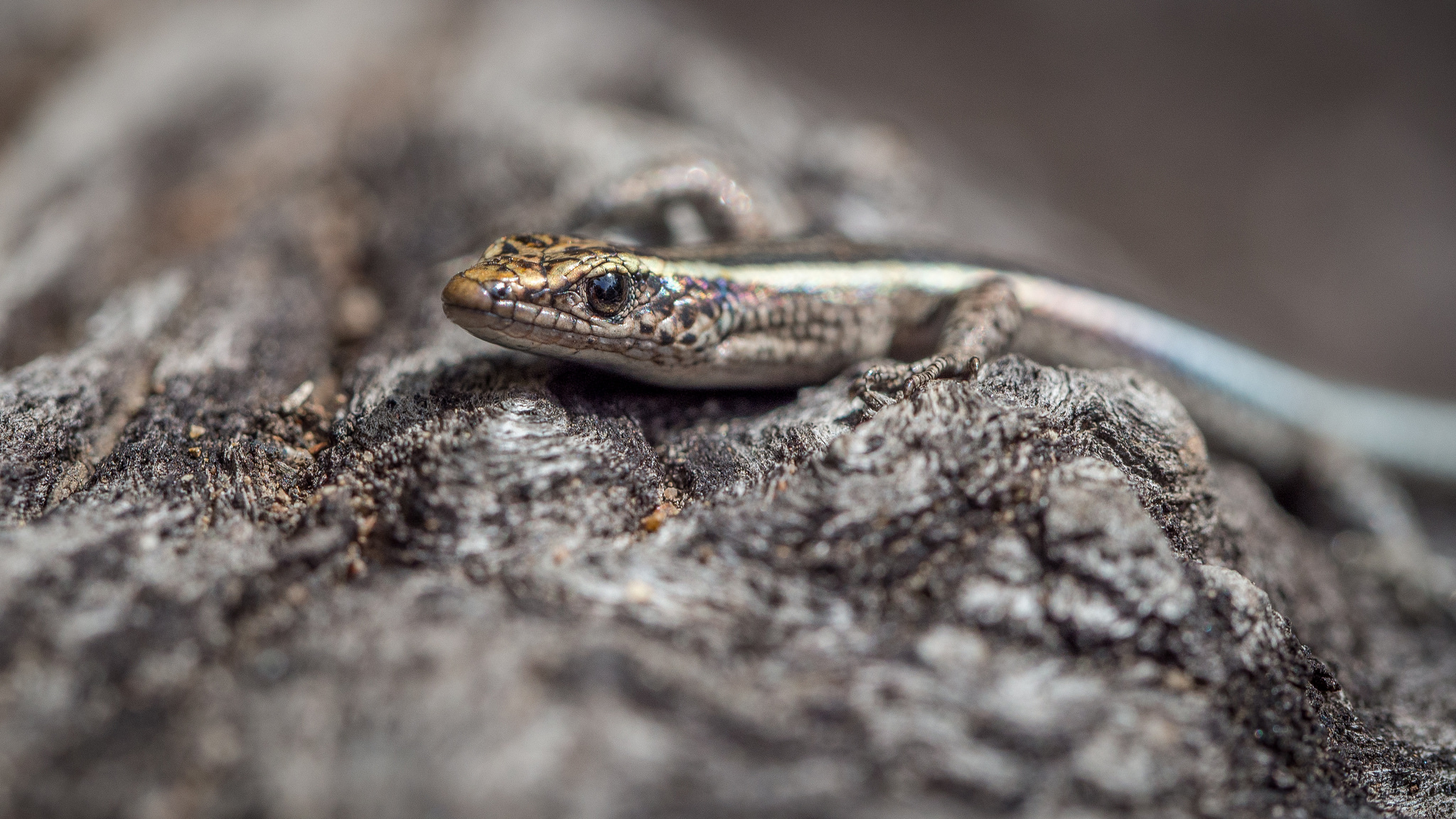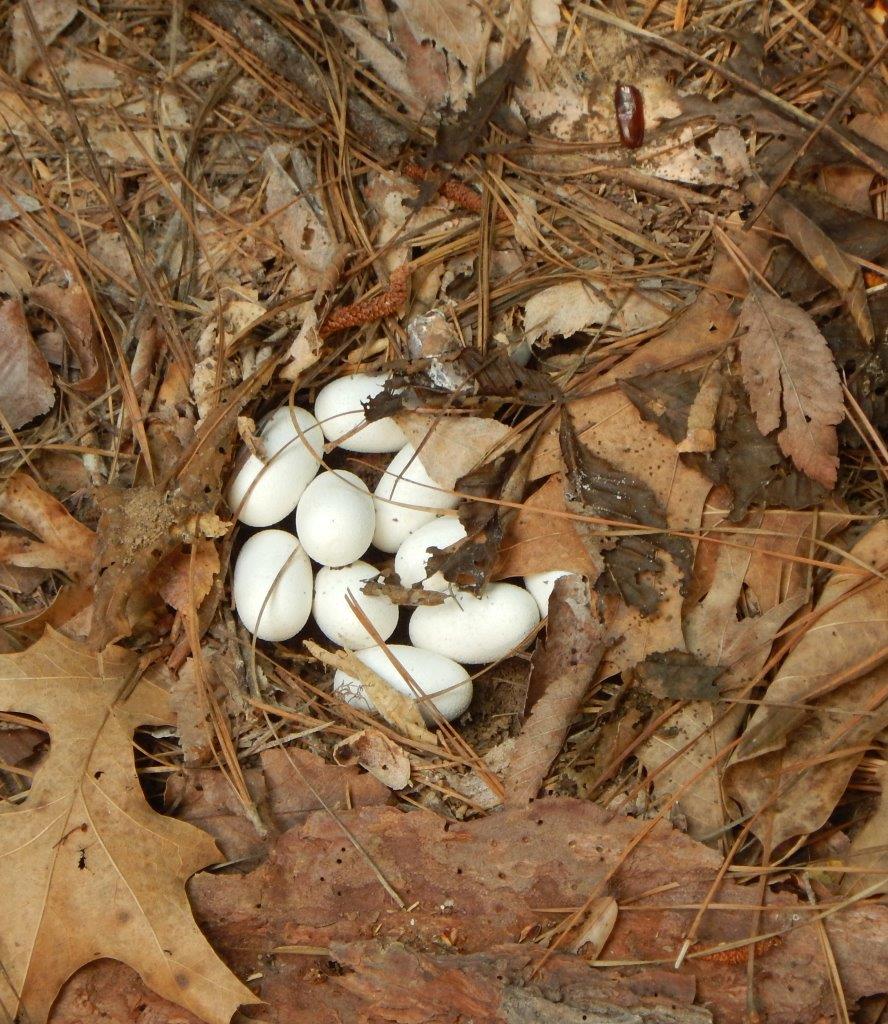With GSD, one parent typically carries a homogametic set of chromosomes (e.g., Female=XX), and the other carries a heterogametic set (e.g., Male=XY). How these combine determines the sex of the offspring. Many vertebrates, including humans, follow this same pattern. Even setting aside parthenogenetic examples (where a parent may have three or even four sets of chromosomes), reptiles vary this in several ways, such as homogametic (ZZ) males and heterogametic (ZW) females.
With TSD, the sex of the offspring is not relative to the genetic code imparted, but rather the temperature of the eggs at a formative stage in embryonic development after they are laid. This can often be seen where high temperatures produce females, low temps produce males, and median temps produce a mixture of both. Again, reptiles vary this, so we have also observed thermosensitive determination wherein median temps produce males, but high or low temps produce females.
True to the reptilian rule that variety is the norm, we have observed other combinations as well. Some species appear to have the ability to switch from TSD to GSD, which is an adaptation that could act as a fail-safe in the event of changing climates (otherwise, populations of a species that exhibits TSD could soon become unisexual if higher or lower than historical temps became the norm). The variety doesn’t stop there, though. We are now seeing evidence in some species thought to exhibit GSD and whose embryos begin with a sexual imprint may have their sex over-ridden or reversed by temperatures during development. This would be seen as genotypic (XX) females becoming phenotypic (genetics + environmental factors) males. As scientists conduct more research, more mechanisms continue to be uncovered. For example, at least one study indicated that some species may even be affected by factors such as how much yolk the egg contains!
It is likely that the more we look at the intricacies of reptiles, the more we will keep discovering facets of their biology that defy our current understanding. The best course of action is for us to work to preserve all species, so that we don’t miss any of these fascinating opportunities to learn more about how our world—and the organisms in it—operate.


